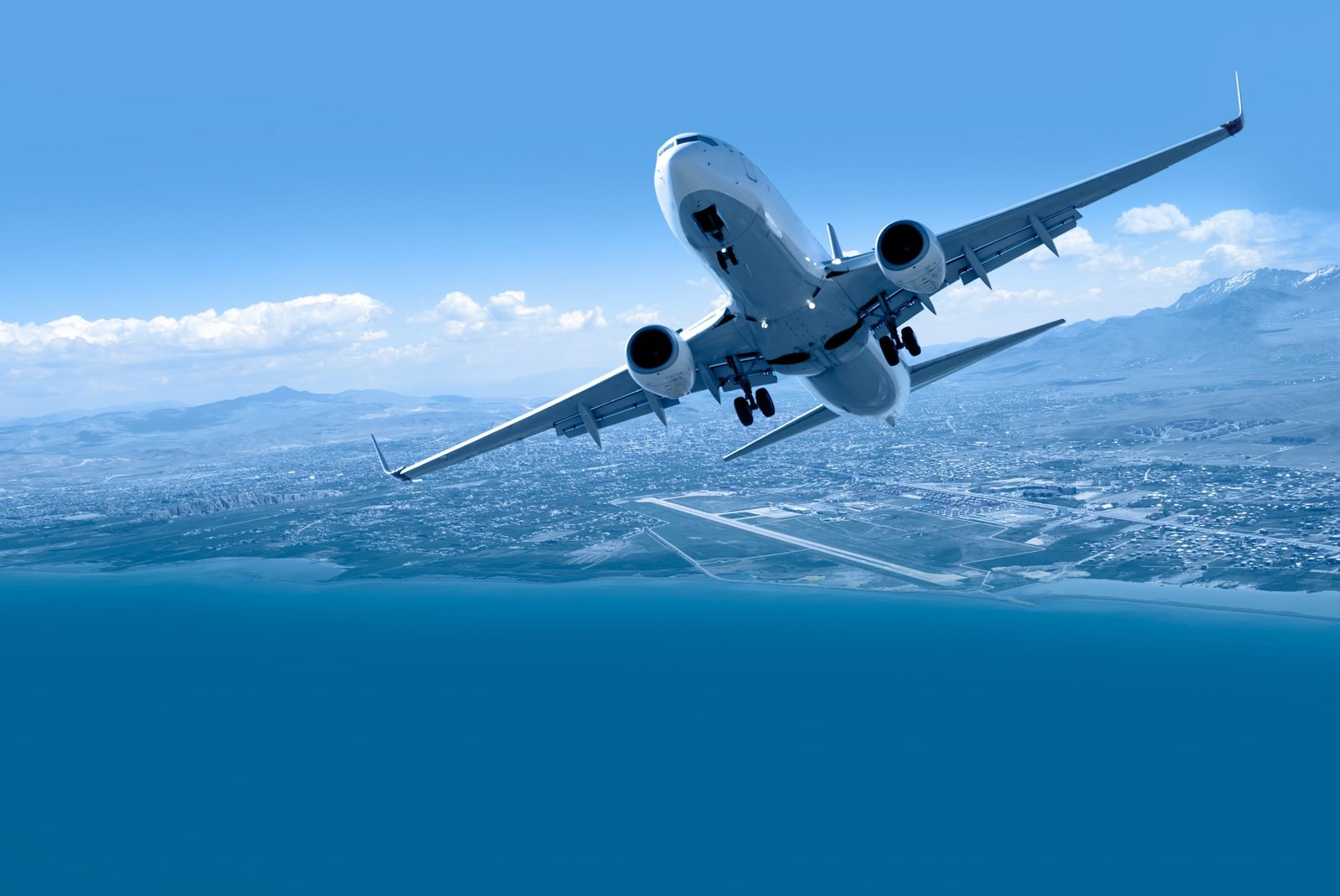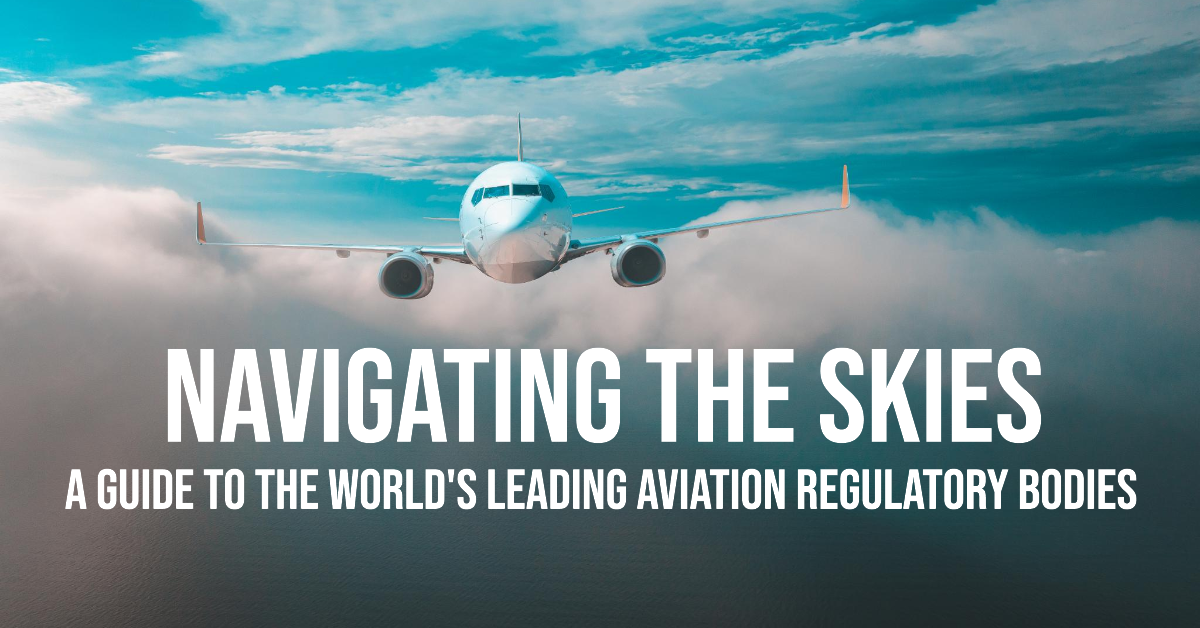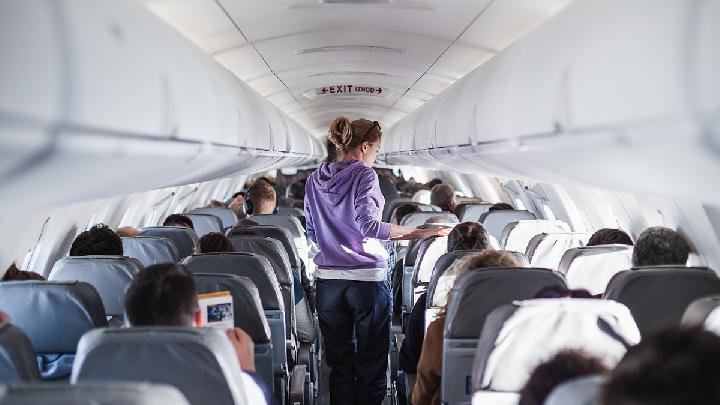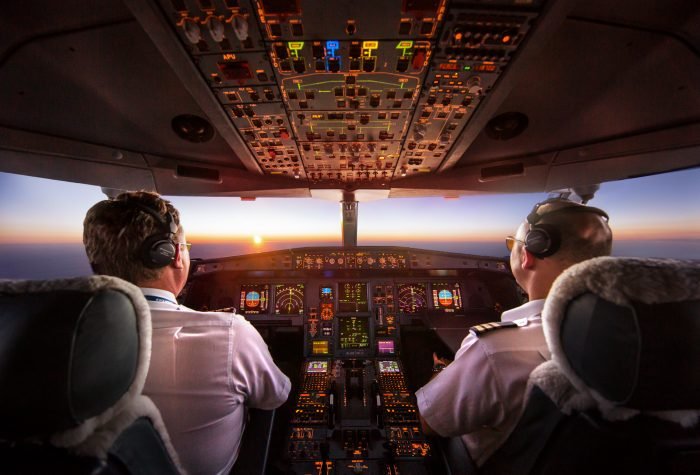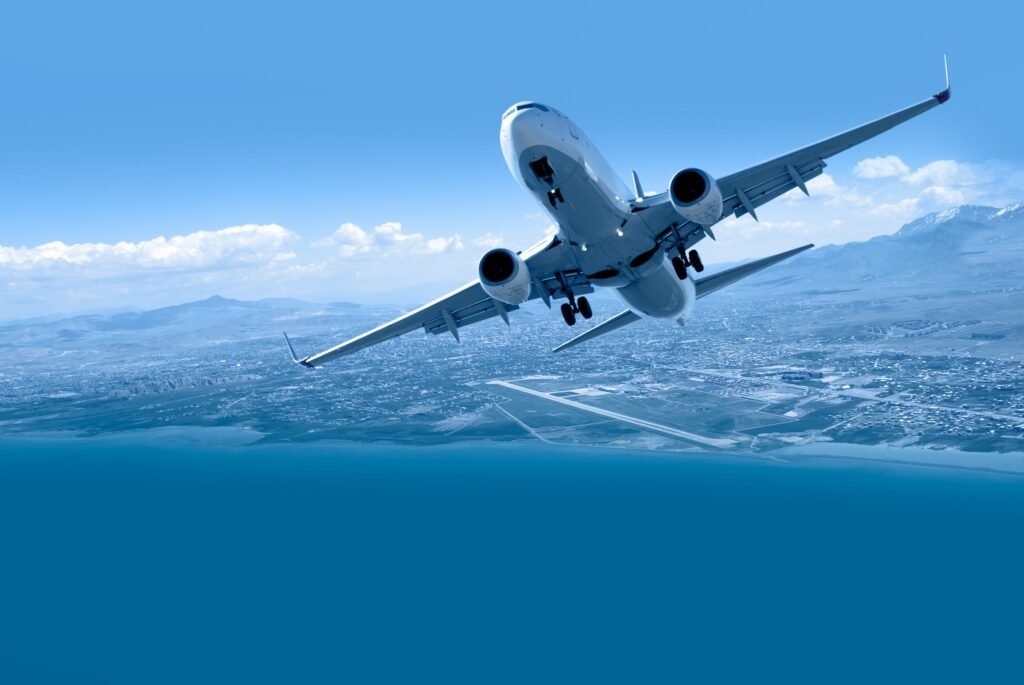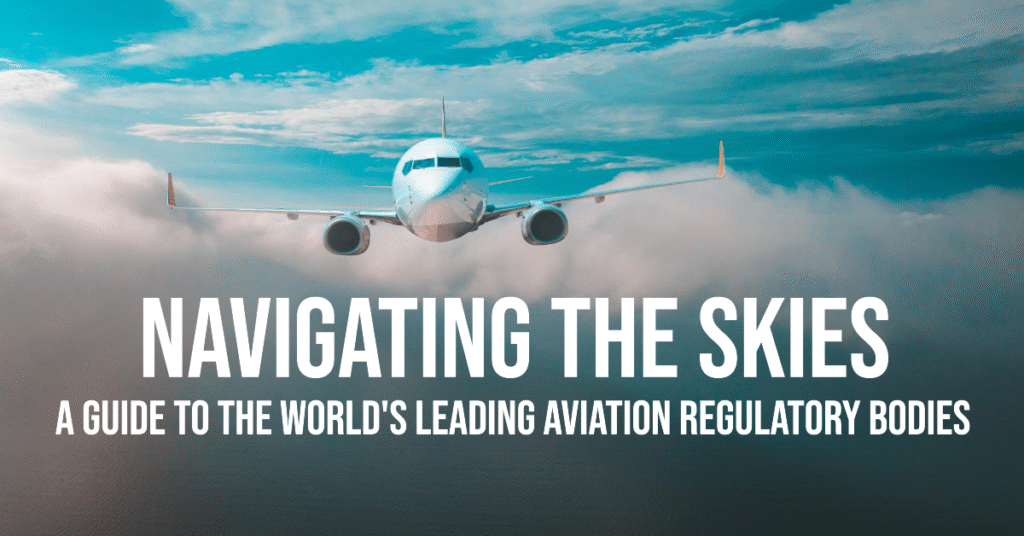flightticketbooking.co.in – Commercial aviation has revolutionized global transportation, connecting people and economies across continents. However, the rapid expansion of the airline industry has brought growing concerns about its environmental impact. From greenhouse gas emissions to noise pollution and resource consumption, the aviation sector is increasingly under scrutiny for its contribution to climate change. Fortunately, many airlines are now taking meaningful steps toward sustainability. This article explores the environmental impact of commercial aviation and what the industry is doing to address it.
Carbon Emissions and Climate Change
Airplanes primarily run on jet fuel, a petroleum-based product that emits significant amounts of carbon dioxide (CO₂) when burned. According to the International Air Transport Association (IATA), aviation accounts for about 2-3% of global CO₂ emissions. While this may seem small compared to other industries, the sector’s emissions are growing rapidly and are particularly impactful due to their release at high altitudes, which amplifies their warming effect.
In addition to CO₂, aircraft also emit nitrogen oxides (NOₓ), water vapor, and particulate matter, all of which contribute to the greenhouse effect and global warming. These emissions also influence cloud formation and atmospheric chemistry, creating a broader environmental footprint than just carbon emissions alone.
Noise Pollution and Habitat Disruption
Beyond atmospheric emissions, aviation also contributes to noise pollution, particularly in areas near airports. Aircraft noise can disturb wildlife, affect human health, and reduce the quality of life for residents in surrounding communities. Airport expansions can also lead to habitat destruction and biodiversity loss, especially in previously undeveloped areas.
Resource Consumption
The production and maintenance of aircraft require significant amounts of natural resources. From aluminum and composite materials used in airframes to the water and energy consumed in daily operations, the resource demands of the industry are substantial. Waste generated through food services and maintenance also contributes to the environmental burden.
What Airlines Are Doing to Mitigate Their Impact
Recognizing these challenges, many airlines and aviation organizations are now investing in sustainability initiatives aimed at reducing their environmental impact.
1. Sustainable Aviation Fuel (SAF)
One of the most promising developments is the use of Sustainable Aviation Fuel (SAF), which is made from renewable resources such as algae, waste oils, and agricultural residues. SAF can reduce lifecycle carbon emissions by up to 80% compared to conventional jet fuel. Airlines like United, KLM, and Lufthansa have already started incorporating SAF into their operations, albeit in limited quantities due to high costs and limited availability.
2. Fleet Modernization
Newer aircraft are more fuel-efficient and produce fewer emissions. Airlines are retiring older, less efficient models in favor of newer ones like the Boeing 787 Dreamliner and Airbus A350, which are designed with fuel-saving aerodynamics and lighter composite materials.
3. Carbon Offsetting Programs
Many airlines now offer passengers the option to offset the carbon emissions from their flights by investing in environmental projects like reforestation or renewable energy. Some carriers also include these offsets in the ticket price for certain routes or customer classes.
4. Operational Improvements
Simple changes such as optimizing flight routes, reducing taxi times, and minimizing unnecessary weight can significantly cut fuel consumption. Improved air traffic management systems also help reduce delays and fuel burn.
5. Commitment to Net-Zero Emissions
Industry-wide, organizations like IATA have pledged to achieve net-zero carbon emissions by 2050. This ambitious goal involves a combination of SAF adoption, technological innovation, and carbon offsetting strategies.
Conclusion
While commercial aviation undoubtedly contributes to environmental degradation, the industry is taking significant steps to become more sustainable. Through the adoption of greener fuels, investment in efficient aircraft, and operational innovations, airlines are striving to reduce their environmental footprint. As technology advances and regulatory pressures increase, the future of aviation may well be one where global travel and environmental responsibility go hand in hand.



